- 233 Posts
- 15 Comments

 0·7 months ago
0·7 months agoProbably from the FAQ pane on the Kickstarter page:
What about Steamdeck support?
Will be 100% supported
Last updated: Tue, April 23 2024 10:55 AM PDT
Have people actually checked the versions there before making the suggestion?
F-Droid: Version 3.5.4 (13050408) suggested Added on Feb 23, 2023
Google Play: Updated on Aug 27, 2023https://f-droid.org/en/packages/org.videolan.vlc/
https://play.google.com/store/apps/details?id=org.videolan.vlcThe problem seems to be squarely with VLC themselves.

 2·8 months ago
2·8 months agoIt is like the U.S. Wired catching up to the idea years later?

 2·10 months ago
2·10 months agoSee to the right:
Here you may post anything related to DeGoogling, why we should do it or good software alternatives!

 0·11 months ago
0·11 months agoThe was a GNOME FAQ that describes “guh-NOME” or IPA /ɡˈnəʊm/ as the official pronunciation, due to the emphasis of G as GNU. It does acknowledge that many pronounce it “NOME” or /nəʊm/: https://stuff.mit.edu/afs/athena/astaff/project/aui/html/pronunciation.html

 9·1 year ago
9·1 year agoUndervolting provides the chip with additional power and thermal headroom, and can improved situations where otherwise throttling sets in.

 41·1 year ago
41·1 year agoYes. But one should also note that only a limited range of Intel GPU support SR-IOV.

 4·1 year ago
4·1 year agoFrom https://www.gamingonlinux.com/2023/10/tony-hawks-pro-skater-1-2-adds-offline-support-for-steam-deck/ :
You may be able to get it to work on desktop Linux too in offline mode by using
SteamDeck=1 %command%as a Steam launch option for the game, which likely won’t work for Windows since the Steam Deck is just a Linux machine.
Tom Clancy’s The Division 2 runs decently on the Steam Deck, and has semi-(?)/de-facto-(?) official support (the developer purposefully switched to a Linux/Wine-compatible EAC earlier this year, and referenced the Steam Deck support in the corresponding patch note).

 1·1 year ago
1·1 year agoThis summary (and sadly, also the GoL title) has somewhat buried the lede here: The firmware update that comes with 3.5.1 Preview adds undervolting controls — with the obvious implications of improving the battery life.

 4·1 year ago
4·1 year agoThe release notes describe changes in multi-threading, and there appears also to be changes in the graphics stack.

 10·1 year ago
10·1 year agoNote that Lawrence Yang said in March “a true next-gen Deck with a significant bump in horsepower wouldn’t be for a few years.” (https://www.rockpapershotgun.com/the-community-continues-to-blow-our-minds-valve-talk-the-steam-deck-one-year-on)
And a decade ago, Google itself sabotaged XMPP in their version of embrace, extend, and extinguish: https://www.eff.org/deeplinks/2013/05/google-abandons-open-standards-instant-messaging
You know, there are several built-in functions in phones, that are already viable methods to communicate remotely?
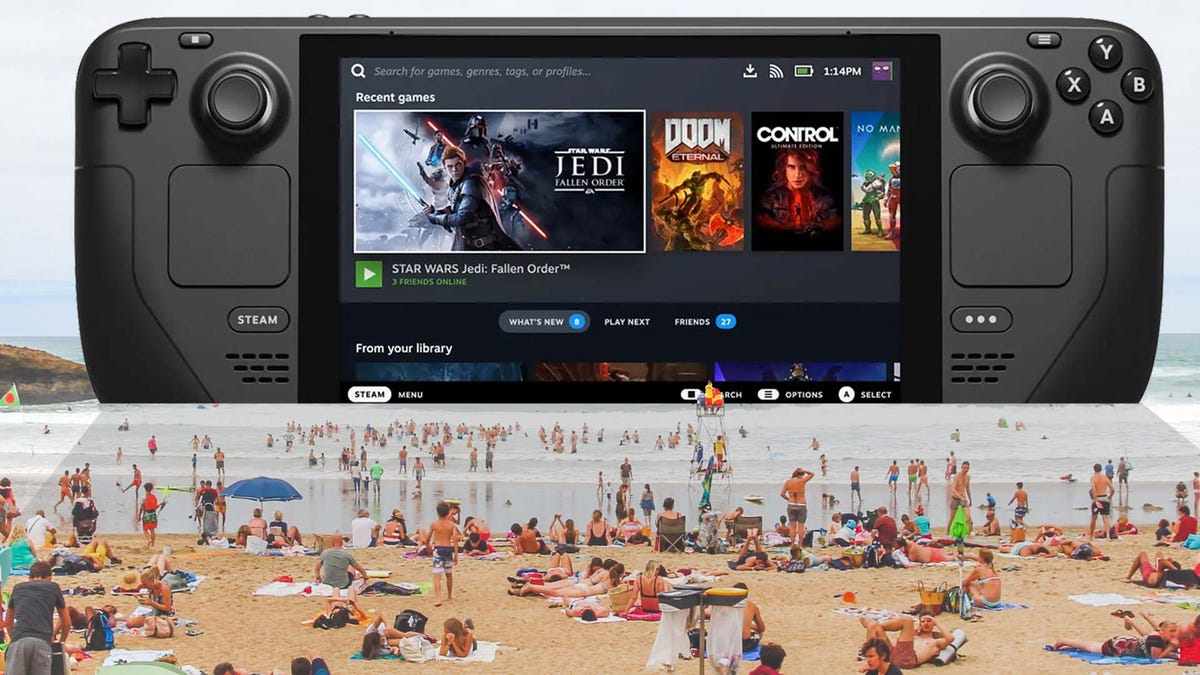
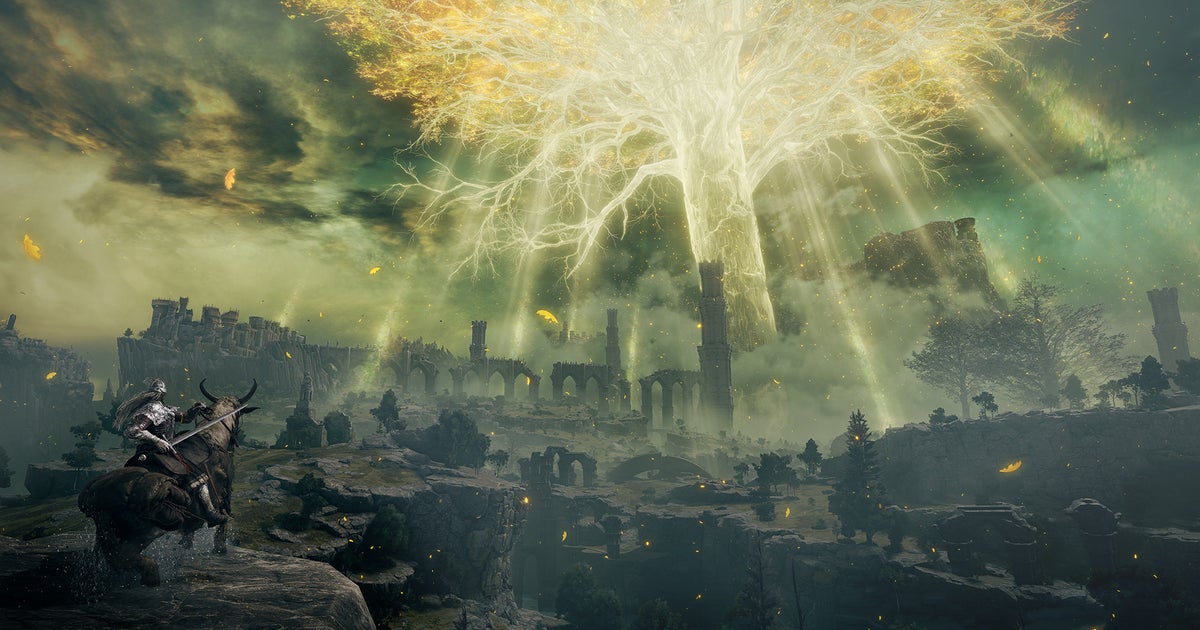






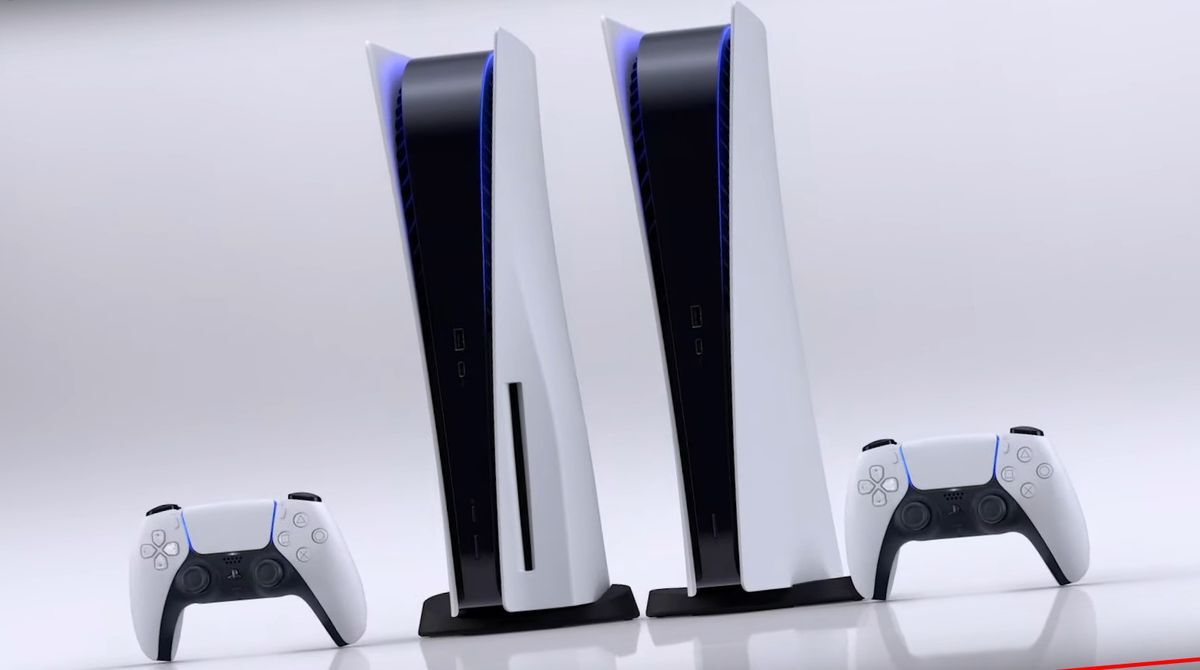
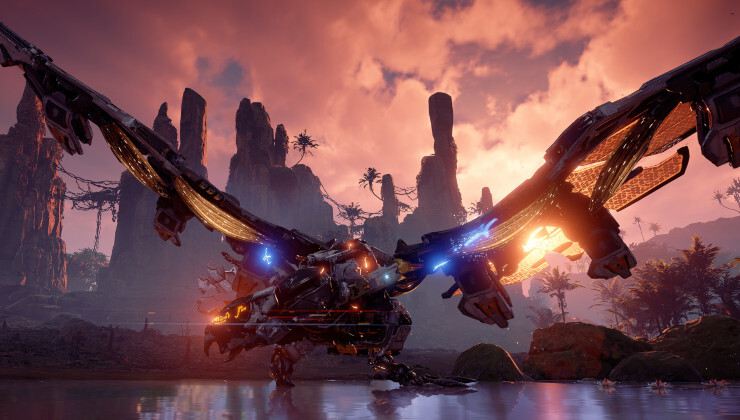




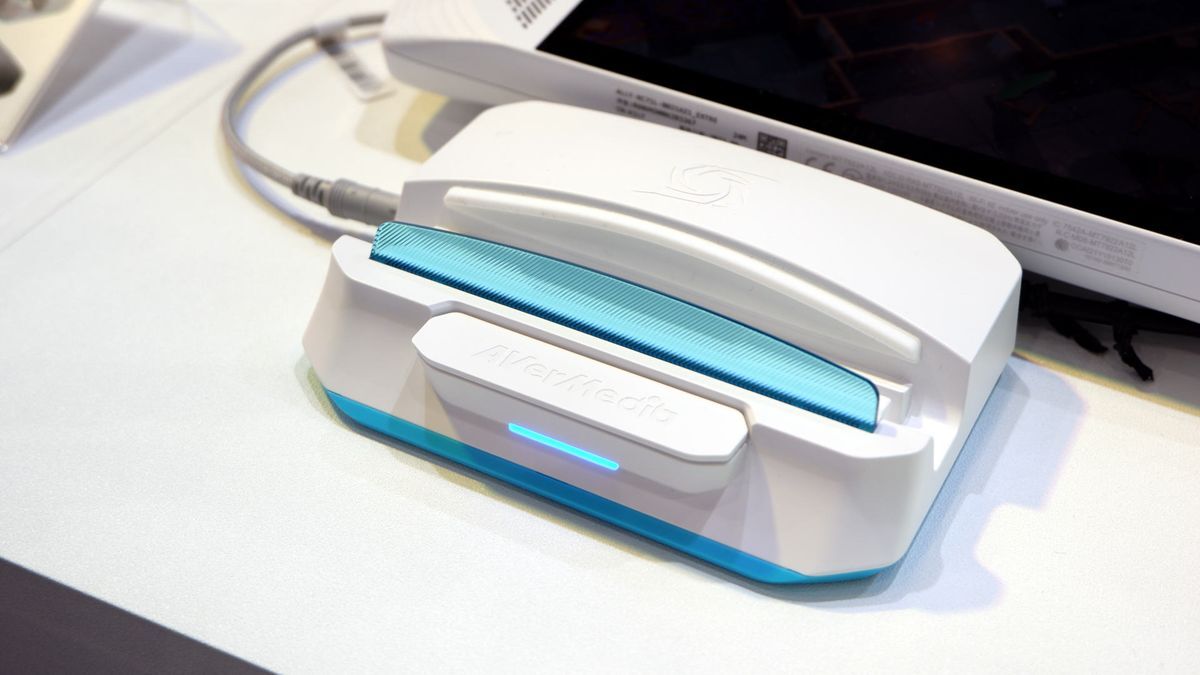

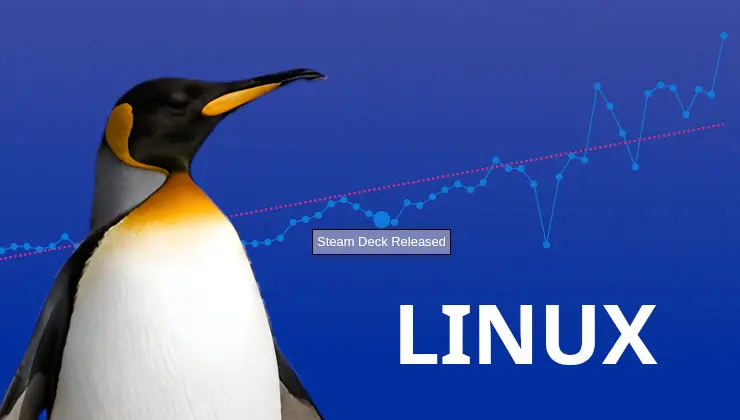
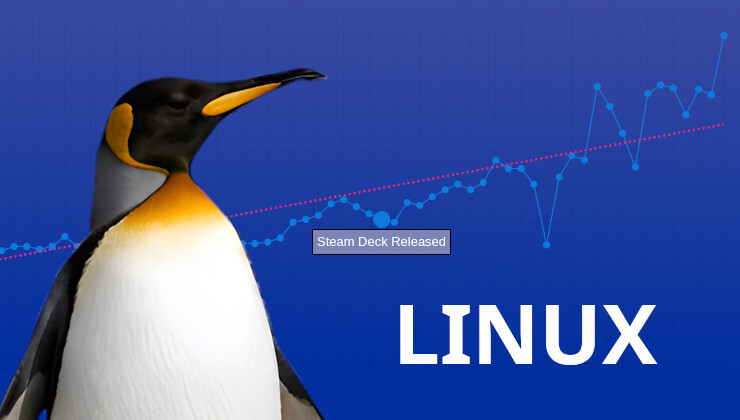
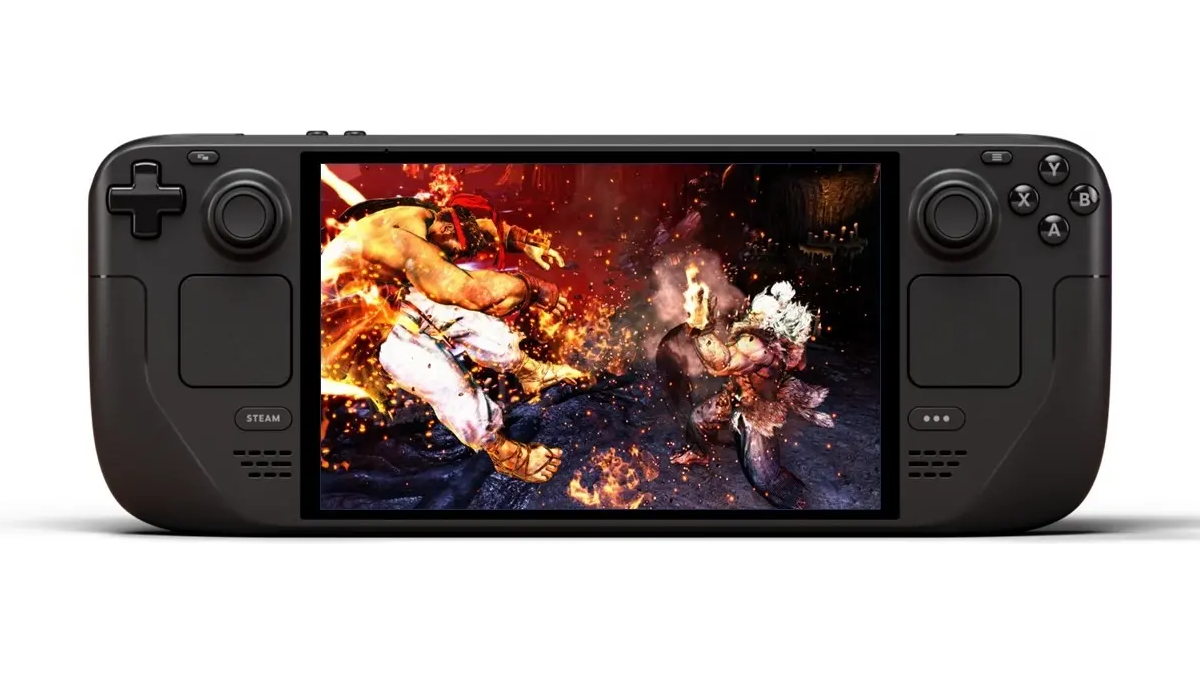

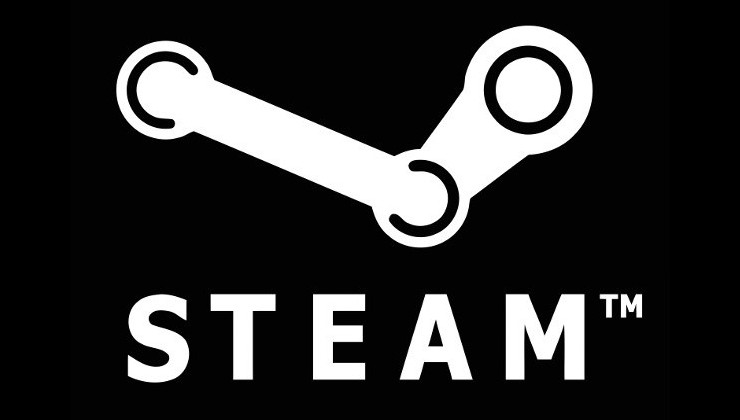

Unless Valve can either find or pay a company that does a custom packaging of a Nvidia GPU with x86 (like the Intel Kaby Lake-G SoC with an in-package Radeon), very unlikely. The handheld size makes an “out of package” discrete GPU very difficult.
And making Nvidia themselves warm up to x86 is just unrealistic at this point. Even if e.g. Nintendo demanded, the entire gaming market — see AMD’s anemic recent 2024Q1 result from gaming vs. data center and AI — is unlikely to be compelling enough for Nvidia to be interested in x86 development, vs. continuing with their ARM-based Grace “superchip.”